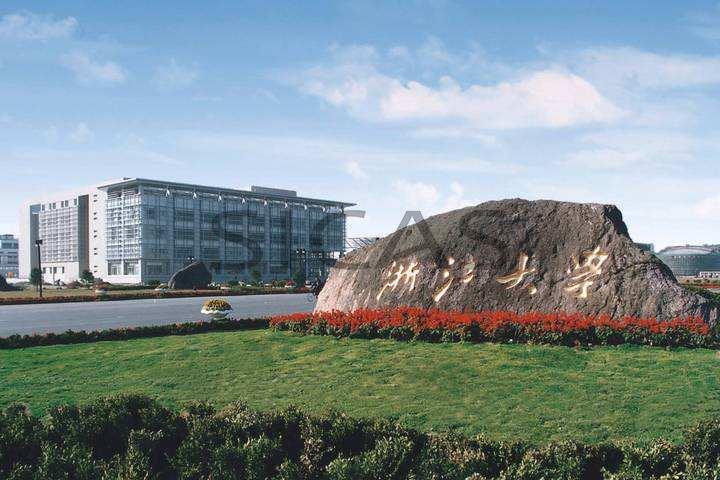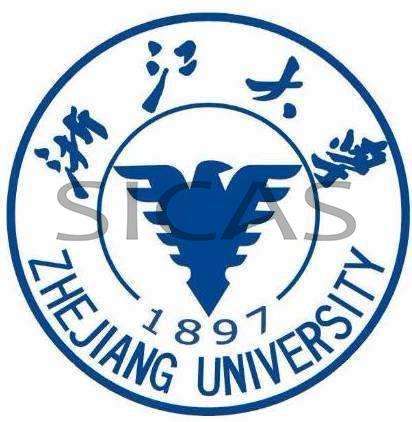

 |
Introduction to Zhejiang UniversityZhejiang University is a comprehensive national university. Founded in 1897, Zhejiang University was initially known as “Qiushi Shuyuan” (Qiushi Academy), one of the earliest modern academies of higher learning established in China. In 1952, because of the nationwide restructuring of universities, Zhejiang University underwent a reshuffling of disciplines and some departments merged into other universities.

In September 1998, a new Zhejiang University was established on the basis of the amalgamation of the four former individual universities, namely Zhejiang University, Hangzhou University, Zhejiang Agricultural University and Zhejiang Medical University, which were all located in the garden city of Hangzhou. Approved by the State Council, the founding of the new Zhejiang University has been a significant move in the reform and development of China's higher education. The four universities have grown out of the same ancestry, the Qiushi (with the literal meaning of "seeking truth" in Chinese) Academy, which was founded a century ago as one of the earliest institutions of higher learning in China. As a result, they have all inherited from it the spirit of "Qiushi" and at the same time, built up their own distinctive features in teaching and research. Zhejiang University is a key comprehensive university whose fields of study cover philosophy, literature, history, education, science, economics, law, management, engineering, agriculture, medicine and etc. The university now has 122 specialties for undergraduate studies, and it is entitled to confer masters degrees in 326 programs and primary (secondary)discipline doctoral degree in 42 (254) programs. Under its administration there are 14 State Key (specialized) Laboratories, 1 national Engineering Laboratory, 2 National Engineering Research Centers and 3 National Engineering Technology Centers. Besides, it has set up 14 (21) primary (secondary) Disciplines for National Leading Academic Disciplines, and 47 post-doctor stations.

Endowed with a pleasant climate, picturesque surroundings and a favorable academic atmosphere, Zhejiang University is an ideal place for teaching, research, and learning. With five campuses, namely Zijingang, Yuquan, Xixi, Huajiachi, and Zhijiang, the university now occupies a total area of 450.5 hectares and a floor space of over 1,948,388 square meters. At present, the total number of full time students has reached over 42,117 including more than 22,557 undergraduates, over 13,413 postgraduates working for master's degrees and over 7,398 Ph.D candidates. Among its 8,241 staff members and workers, there are 14 members of the Chinese Academy of Sciences, 12 members of the Chinese Academy of Engineering, over 1,336 full professors and over 2,486 associate professors. With a total space of 450.37 hectare, the university library has a collection of more than 61,60,000 volumes. In additional, the university has 7 affiliated hospitals, providing medical services of various kinds for people from all over Zhejiang province.
At the turn of the century, the university is taking full advantage of the opportunities brought by the amalgamation, and will continue to give priority to education and research. It seeks to offer service to the nation's economic development, and to make every effort to build itself into an institution on a par with the first-class university in the world. |






